Get Inspired
Lost and Found: My Search for Peace of Mind
On February 23, 2010, I was hit in the head with a lacrosse ball on a long pass up from the eight. It was the first practice of my sophomore year at St. Lawrence University. One second I had the pass, the next I was bleeding with a broken nose, unaware of how I could have lost that ball in the bright of the lights. One freak split second.
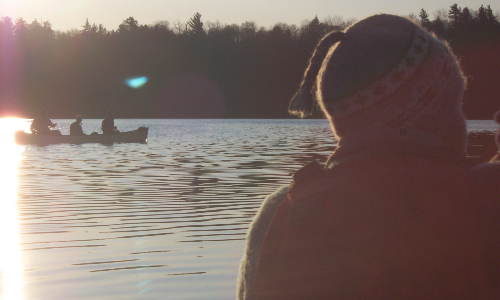
Posted: January 26, 2016
The next couple of days were painful and confusing. Days slowly turned into months, and months into years. I took significant time off from school to sit in a dark room. It was a year before I found a couple of pain-free days. Two years before I could sit in direct sunlight. Three years before I was able to successfully drive again. Four years before I was able to spend some time on a computer. Last year was the first I could watch the Rangers play on TV without inducing a migraine.
Six years is a significant marker for me, as I have finally come to terms with the reality that my life will never be the same as it was before the concussion. After all, it takes a long time to break the habits we create when we commit to being an athlete. Before my concussion, I defined myself by the limits to which I could push my body. I was raised to work through those things that are difficult. When stressed out with school, I would run sprints on the track. When I was sick and couldn’t breathe out of my nose, the best thing to do was to sweat it out on a long run. In hindsight, it is no surprise that after I got hit, my mind consistently thought that all I needed was a good set of sprints to get my head back in the game. In my new concussed world, however, my body would continue to remind me that this was flawed logic when you’ve injured your brain. Inevitably this is one of the reasons athletes return too quickly after getting knocked in the melon: for many, to be active is healthy. For us, in order to be healthy, we must be active.
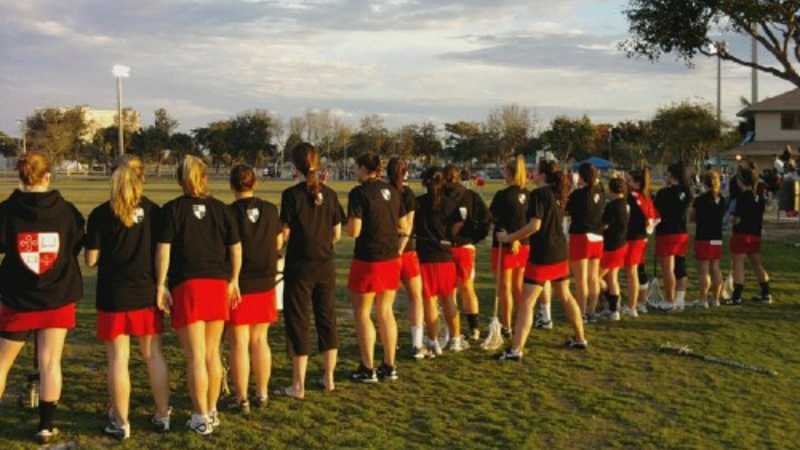
After two years of trying to find balance within the limits of my concussion, I was fed up, depressed, and desperate for a change. Everything seemed to trigger migraines, and I felt numb to the world around me. When I told my college advisor that I was going to drop out of school, she urged me to look instead to alternative academic options.
A month later, I was sitting in a canoe with a duffel bag.
I would spend the next three months in a secluded yurt village, Arcadia, in the Adirondack Park with eleven other students, two assistant directors and a yellow lab. In the absence of technology and running water, together we learned the value in a materially simple life. We spent every meal around a large wooden table in the only permanent structure at Arcadia, eating locally sourced food that we had cooked for one another. The discussions around that table were limitless. Every weekday, a professor from school would drive into the Adirondacks, hike a mile into the woods, and paddle across Lake Massawepie to spend the day outside with us. In the absence of computers and phones, our learning came directly from the environment that we were embedded in.
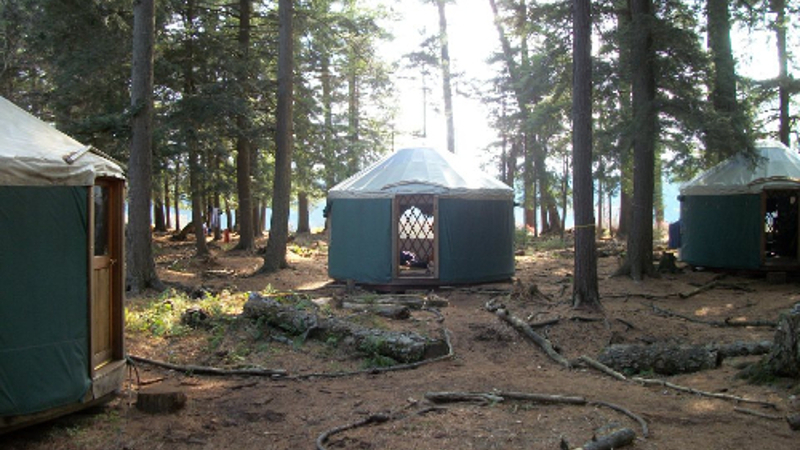
Two weeks after paddling across Lake Massawepie and settling into my new home at Arcadia, my concussive symptoms were essentially eliminated. In this new life where you had to haul and treat your water before drinking it, stimulation came from conversations, sleep cycles mirrored that of the sun, and contrary to ordinary life, multitasking only led to mistakes. My migraines were depleted; I noticed a phenomenal increase in attention span; I slept well and no longer felt foggy. But most importantly of all, I was happy. I was disburdened from my concussive state, free to re-create my new self.
The hardest part about my experience in the Adirondacks was leaving it. There is no question that the Adirondack Semester allowed me the opportunity to take a long deep breath during a time in my life when I needed one more than anything. But life in the stimulating world we live in is not easy after a Traumatic Brain Injury. As I returned back to the demands of everyday life, my daily migraines, cloudiness, fatigue and vertigo returned alongside me. My head was on complete sensory overload, and I had a very hard time adjusting.
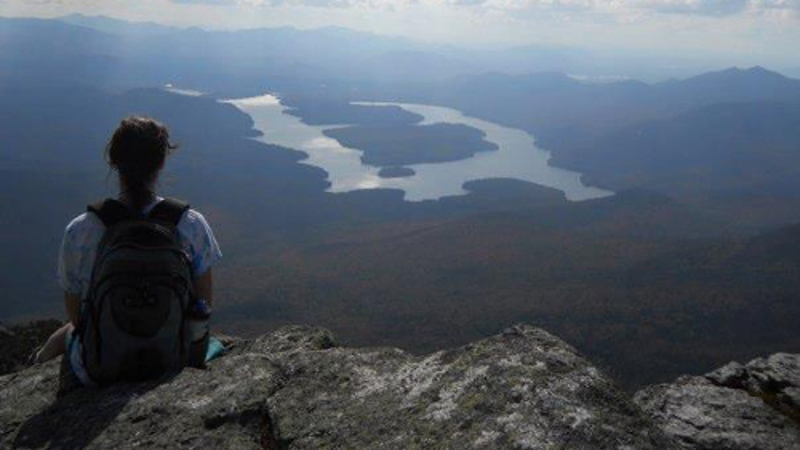
After a few months of a deep depression, a game of drugs, and my first positive visit with a doctor, I slowly began to turn a corner as I learned to look again toward the small steps, just as I had done so intentionally when living in the woods. I began to view my body as an energy bank. For it to be full, I needed to make sure I got enough sleep, kept my blood sugar up, and made the space to spend time in an environment isolated from too much stimulation. Certain activities would deplete my energy bank quicker than others, and to keep myself healthy, I couldn’t let that bank fall too low or too rapidly.
Today, six years later, I am no longer sitting alone in a dark room, and for that I cannot complain much. Although I still have persistent migraines, many of which are induced by failed attempts to work out, I have been able to carve out a place for myself in this world. Over time, I have allowed myself to slow down, find successes in the small steps, and form new relationships on values that are meaningful. Although I am oftentimes still frustrated, I no longer feel lost.
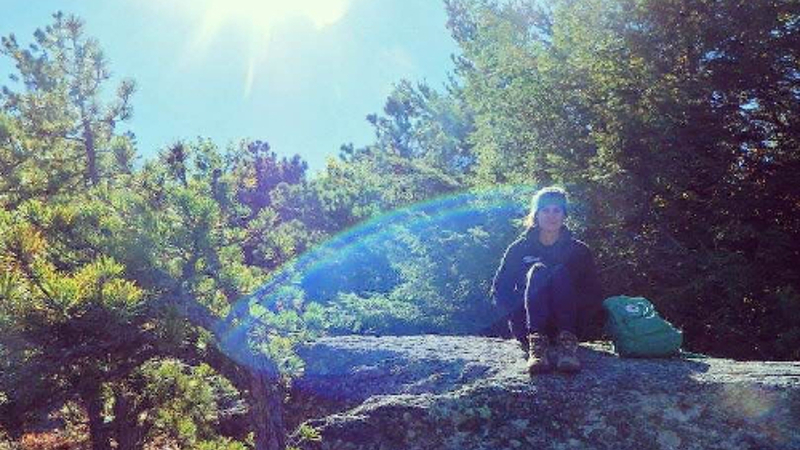
You May Also Like
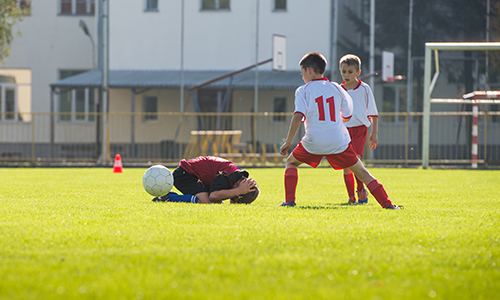
How you respond to a concussion can make all the difference in how you recover. Learn the five steps experts recommend you take after concussion.
Concussion Response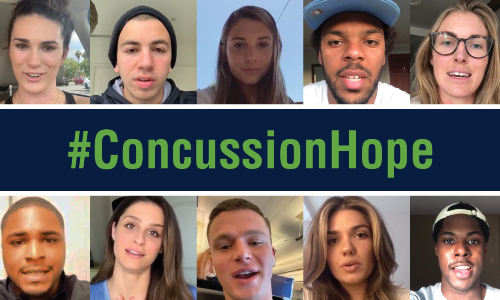
Dealing with a concussion can be difficult, lonely and scary at times - but it's important to remember you will get better. Watch encouraging messages of hope from dozens who have made it through concussion recovery.
Concussion Hope Videos